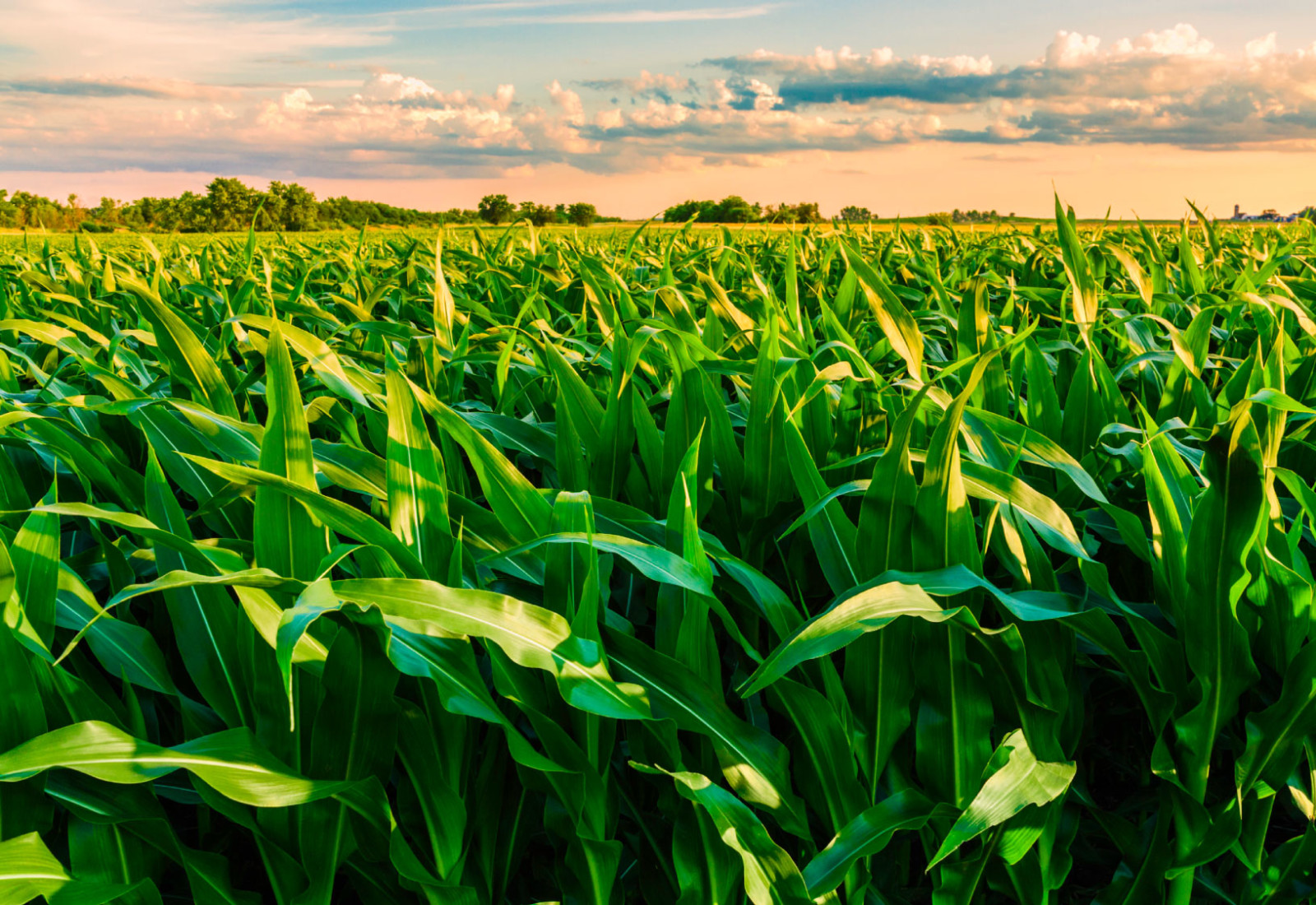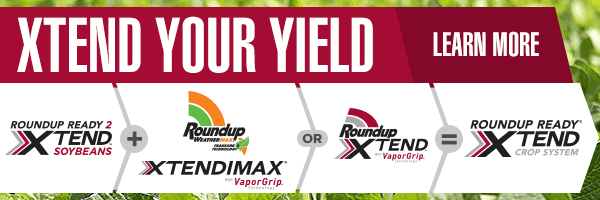Corn Hybrids

Written by Cheryl Manness
One of the most important decisions in growing corn is hybrid selection, suggests the Manitoba Corn Growers Association. Selecting a hybrid that will perform under the growing conditions and management practices on a producer’s farm is step one in optimizing yield potential. There are several factors producers should consider when choosing a potential corn hybrid for their farm.
The three main climate conditions that affect the adaptability of corn in a region are day length, temperature, and rainfall. The development of each plant is controlled by its genetics and how its genes interact with the environment it is placed in.
Corn Heat Unit (CHU) ratings for the growing area are essential in choosing a corn hybrid. Plant breeding has resulted in the development of several types that require less than 2400 CHU to reach maturity, which makes corn production possible in parts of the Prairies.
According to Manitoba Agriculture, corn requires increasing amounts of water as the season progresses. Corn takes up and evaporates through its leaves about 350 litres of water for every kilogram of dry matter that is produced. A water shortage occurring at any time during the growing stages can cause yield decreases. Most corn hybrids are not well suited to drier growing climates, however, with new hybrid development there are short-season, moderately drought-tolerant hybrids being released in Canada.
Manitoba has seen an increase in corn production in recent years, moving it into one of the top corn producing areas in Canada. This was fueled by the new shorter-season seed offering genetics with higher yields and better disease packages, all with lower CHU requirements.
Southern Alberta has also benefitted from the short-season hybrids recently released. Even though southern Alberta has sufficient CHUs, it doesn’t receive optimal rainfall and must rely on irrigation. Corn is a crop that needs sufficient moisture to reach its full potential, so irrigation will be required in drier areas.
The newest hybrids to be released are coming in at around 2100 CHU, greatly expanding the potential growing area. Areas of southern Saskatchewan have a minimum of 2000 CHU per year but are semi-arid and would require irrigation.
NorthStar Genetics has two hybrids available, one at 2100 CHU, NS 72-521, and one at 2400 CHU, NS 79-521 and both with good drought tolerance.
NS 72-521 produces very good yields for its maturity and is an ideal variety for new and experienced corn growers. This hybrid exhibits very good early plant vigour, has a medium stature, and an excellent test weight. It’s a very good and safe grain option for the early-season corn areas.
NS 79-521 shows very good early-season vigour, producing girthy ears with solid top-end yield. This medium-tall hybrid has excellent stalks, very good roots, is early flowering, and has a very good test weight.
There is no doubt that the Western Canadian growing season is shorter than the U.S. Midwest’s. Corn is a crop that takes longer to mature than cereals but with continued focus from seed companies on breeding hybrids to yield well in a shorter growing season, it will have a future in more regions.



